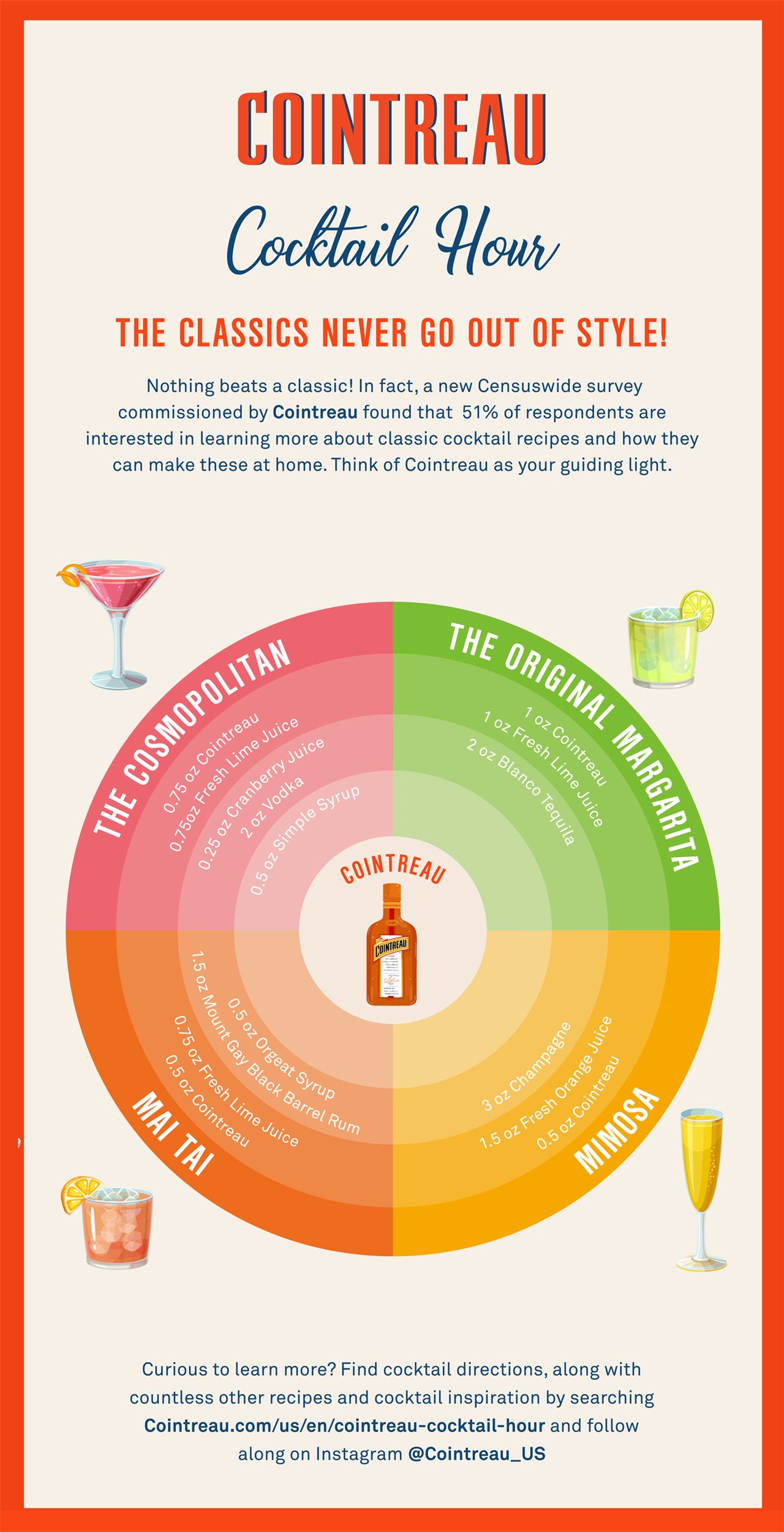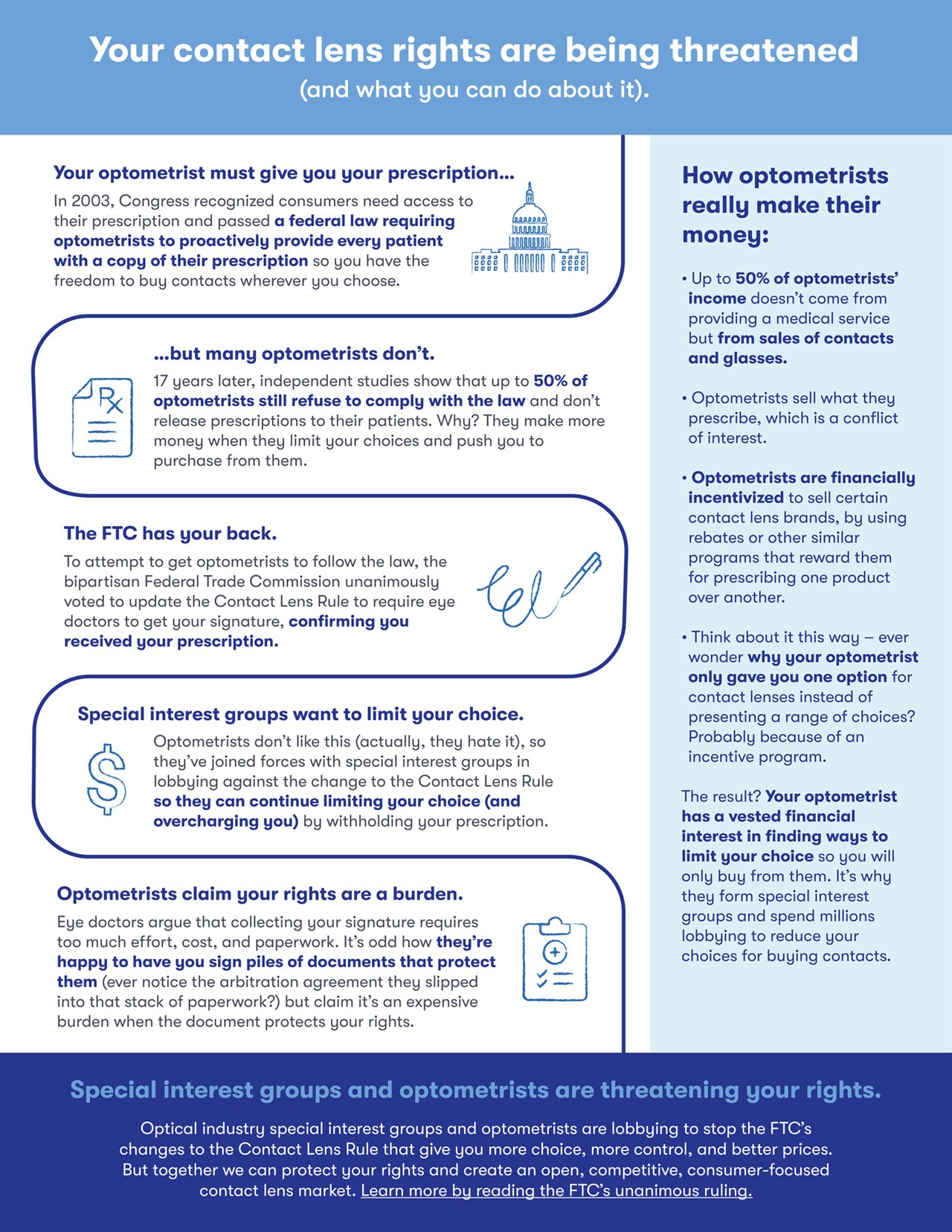2020-09-14T07:01:00
(BPT) – Flu causes millions of illnesses, hundreds of thousands of hospitalizations, and tens of thousands of deaths in the United States yearly. This year, because of the COVID-19 pandemic, it is more important than ever to get a flu vaccine to protect yourself, your family and your community from flu and its potentially serious consequences.
Both flu and COVID-19 are respiratory illnesses that are thought to spread mainly by droplets when people who are infected cough, sneeze or talk. Both flu and COVID-19 can be spread to others before infected people know they are sick.
There are also some key differences between flu and COVID-19. COVID-19 seems to spread more easily than flu and causes more serious illnesses in some people. It can also take longer before people show symptoms and people can be contagious for longer. Another important difference is there is a vaccine to protect against flu. There is currently no vaccine to prevent COVID-19. The best way to prevent infection is to avoid being exposed to the virus.
While what will happen this fall and winter is uncertain, CDC is preparing for flu and COVID-19 to spread at the same time. Besides making people sick, this could result in a dangerous public health situation because both diseases can cause serious illness that might require hospitalization. Getting a flu vaccine provides the best protection against flu and is particularly important this year. Flu vaccines help reduce the risk of developing potentially serious flu complications. This is especially important for people with certain long-term health conditions like diabetes, asthma and heart disease. Flu vaccines are also important for people who are 65 years or older who are more likely to get very sick from flu.
Reducing the number of people who are sick with flu also can reduce the burden on our medical systems. More people getting vaccinated can mean that fewer people will need to go to doctors’ offices for flu treatment and testing, and fewer people will need to seek urgent medical care or be hospitalized with flu. These reductions in doctor visits and hospitalizations can help save medical resources needed for the care of COVID-19 patients.
CDC recommends everyone 6 months and older get their flu vaccine in September or October, or as soon as possible after that. Talk to your healthcare provider, pharmacy, or health department about getting your flu vaccine. Doctors, pharmacists and other health professionals are putting new procedures in place to keep people safe from COVID-19 during vaccination.
It’s also important to continue social distancing, wearing a mask and washing hands often — all these actions help slow the spread of respiratory illnesses, including COVID-19 and flu.
Not sure where to get a flu vaccine? Visit vaccinefinder.org to find a vaccination location near you.












